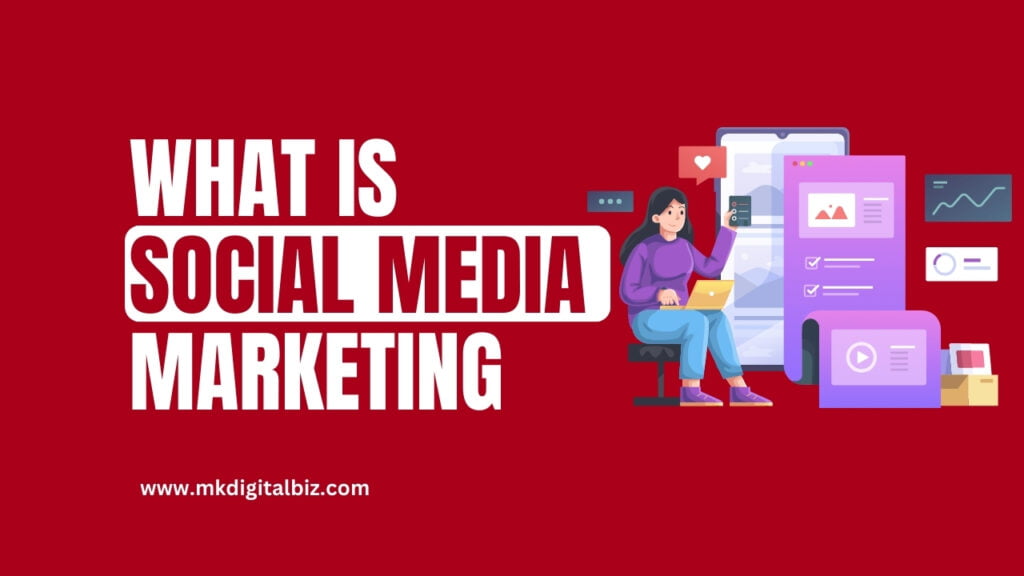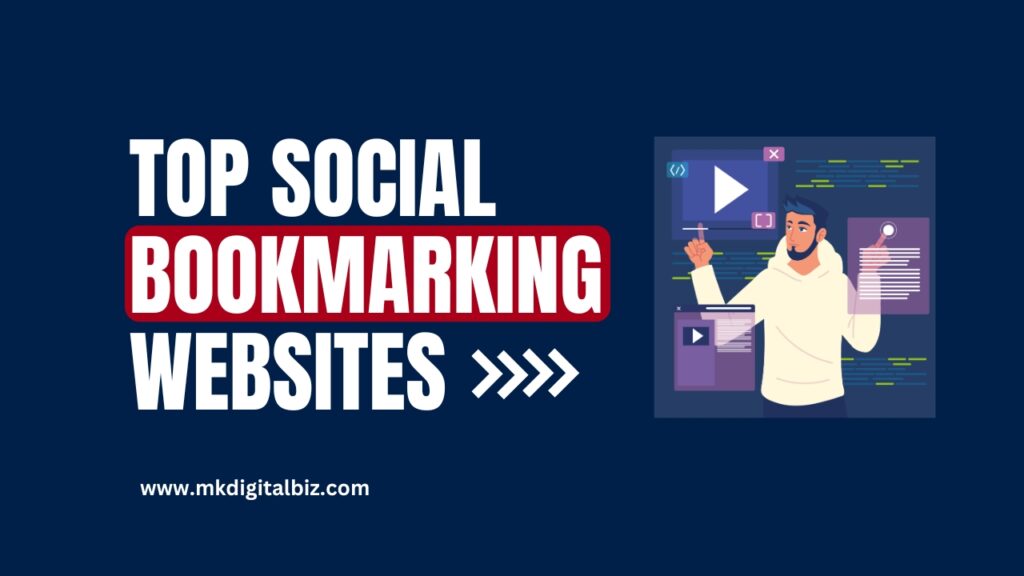Email marketing remains a powerful tool for businesses to connect with their audience, and in 2023, it's more important than ever to ensure your strategies are effective. As technology and customer expectations evolve, so must your email marketing practices.
What is email marketing?
Email marketing is a digital marketing strategy that involves sending emails to a group of people with the goal of promoting products or services, building relationships, or engaging with an audience. It is a direct form of communication between a business and its audience.
It is typically used for various purposes, such as:
1. Promotions and Offers
Businesses use email marketing to inform subscribers about special promotions, discounts, or exclusive deals. This can help drive sales and encourage customer loyalty.
2. Newsletters
Companies often send regular newsletters to keep subscribers informed about industry updates, company news, and relevant content. Newsletters can also include tips, how-to guides, and other valuable information.
3. Product Announcements
When a new product or service is launched, email marketing can be an effective way to announce it to a targeted audience.
4. Customer Engagement
Email marketing allows businesses to engage with their audience by encouraging feedback, conducting surveys, or inviting subscribers to events.
5. Lead Nurturing
For businesses with longer sales cycles, email marketing is used for lead nurturing. This involves sending a series of targeted emails to prospects to build trust, provide valuable information, and ultimately convert leads into customers.
6. Customer Retention
Maintaining communication with existing customers is crucial for retention. Email marketing can help businesses stay top-of-mind, encourage repeat purchases, and foster long-term relationships.
Key Components of Email Marketing
1. Email Lists
Building and maintaining a quality email list is essential. Subscribers should opt-in to receive emails, ensuring that the audience is genuinely interested in the content.
2. Personalization and Segmentation
Personalization continues to be a critical aspect of email marketing. In 2023, focus on delivering relevant content to your subscribers by segmenting your email lists. Consider factors like demographics, past behavior, and engagement levels to send tailored messages. Use the recipient's name, and consider dynamic content that changes based on user data.
3. Analytics
Monitoring key metrics such as open rates, click-through rates, and conversion rates provides insights into the success of email campaigns and helps refine future strategies.
4. Mobile Optimization
With the majority of emails being opened on mobile devices, it's imperative that your emails are optimized for mobile. Use responsive email design to ensure that your messages look great on all screen sizes. Keep subject lines concise and prioritize a mobile-friendly layout.
5. Automation
Automation can save time and enhance the user experience. Use marketing automation tools to send personalized messages based on user behavior. You can set up triggered emails, like welcome series, abandoned cart reminders, or birthday emails, to engage your subscribers at the right time.
6. Respect Privacy and Consent
In a world where data privacy is paramount, ensure that you follow all relevant regulations, such as GDPR or CCPA. Obtain explicit consent before sending marketing emails, and clearly communicate how you'll use the data. Make it easy for subscribers to manage their preferences and opt-out.
7. Use Visuals Wisely
Images and videos can enhance your email but use them judiciously. Ensure that your emails still look appealing even if images are blocked. Use alt text for images to provide context and keep your email's message clear and concise.
How To Setup Email Marketing
1. Define Your Objectives:
- Identify the primary goals of your email marketing campaign (e.g., sales, lead generation, and brand awareness).
- Set measurable objectives, such as a target conversion rate, open rate, or click-through rate.
2. Build a quality email list:
- Implement opt-in strategies to ensure subscribers have willingly given permission to receive emails.
- Regularly clean your list by removing inactive or unsubscribed users.
- Segment your list based on demographics, behavior, or other relevant criteria.
3. Choose an Email Marketing Platform:
- Select a reputable email marketing platform (e.g., Mailchimp, Constant Contact, or HubSpot) that suits your needs.
- Consider features like automation, analytics, and ease of use.
4. Create a compelling lead magnet.
- Offer a valuable incentive (e.g., eBook, discount, webinar) to encourage people to subscribe.
- Clearly communicate the benefits of subscribing to your emails.
5. Craft Persuasive Copy:
- Write clear and concise copy that focuses on the benefits for the reader.
- Use persuasive language and a conversational tone.
- A/B test different messaging to identify what resonates best with your audience.
6. Implement Personalization:
- Personalize emails with the recipient's name and other relevant information.
- Leverage segmentation to send targeted content based on user preferences and behavior.
7. Comply with Regulations:
- Familiarize yourself with and adhere to email marketing regulations, such as GDPR and CAN-SPAM.
- Include a clear and easy-to-find unsubscribe option in every email.
8. Integrate with Other Marketing Channels:
- Coordinate email marketing efforts with other channels, such as social media and content marketing, for a cohesive strategy.
- Use cross-channel insights to enhance overall marketing effectiveness.
9. Stay Informed about Trends:
- Stay updated on email marketing trends and best practices.
- Experiment with new features and technologies to stay ahead of the competition.
By following these steps and continually refining your approach based on data and feedback, you can develop a successful and effective email marketing strategy for your business. Remember that building and maintaining relationships with your subscribers is key to long-term success in email marketing.









